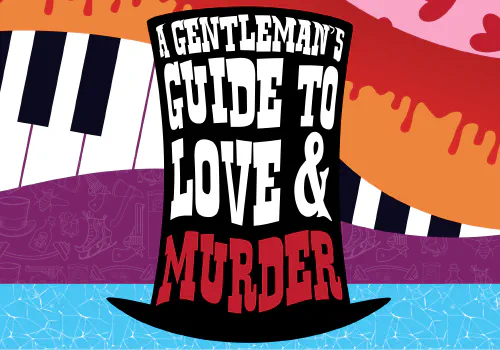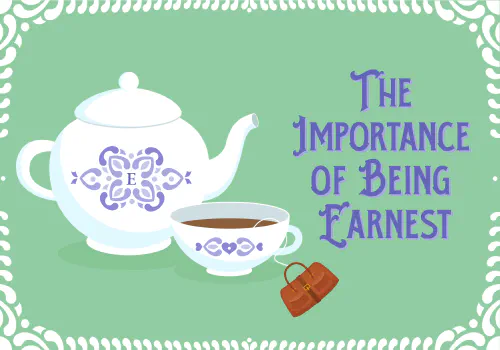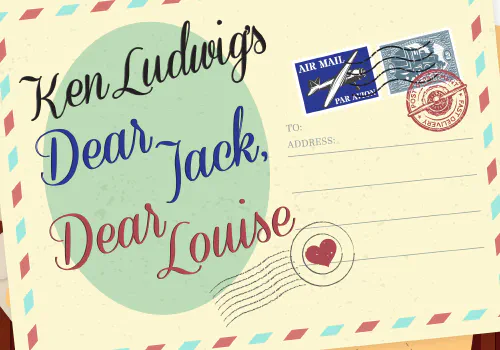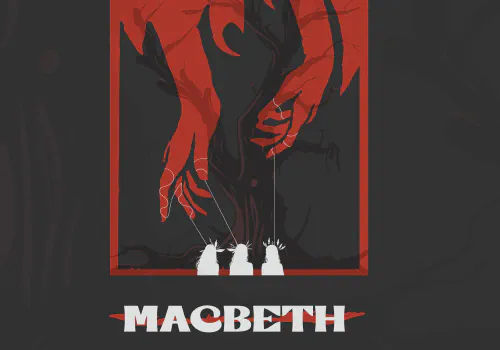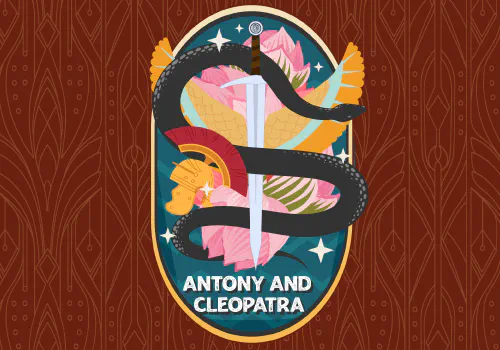OBJECTIVE
Students will identify specific stake-raising language and utilize it to inform performance choices in scenes from Shakespeare.
INTENDED AUDIENCE
4th grade – 12th grade
TIME
60 minutes
MATERIALS
OUTLINE
-
OPENING DISCUSSION
Actors are searching for strong scenes to explore, rehearse and perform. Shakespeare’s plays contain the most compelling scenes ever-written, with language clues for performance embedded in the text. A strong scene contains:· Characters with strong well-defined objectives.
· High Stakes (life and death, values and purpose).
· A sense of drive and energy.
· Heightened Language that allows an actor to articulate these high stakes and connect with scene partners and the audience.
Have you ever really, really wanted something? How does it affect your actions as you try to get those things? When an actor “Raises the stakes” they increase the costs, risks, or considerations involved in taking an action. For example: When the character Star Lord in Guardians of the Galaxy says: “You shouldn’t have killed my Mom and Squished my Walkman.” He is identifying two very high stakes motivations that affect his character. What other characters can you identify with high stakes motivations and actions?
Key words and terms:
Tactics: What the character is doing to get what they want. An action word
Objectives: The character’s specific goal within a scene. I want, I need, I must have… -
HUNTER HUNTED
Students will stand in a circle. Select two students to stand in the center of the circle. One will close their eyes and become the “hunter”, the other will be given some keys and become the “hunted”. The Hunter’s objective is to tag/touch the other student. The Hunted’s objective is to move about the circle and not be tagged. Both students have opposing objectives. Two contrasting objectives are the fundamentals of all theatre. The keys are used sporadically to help signal to the hunter where the hunted is. After the hunted is caught, have the pair switch roles or switch out both people. How does the behavior of another character affect how they move within the circle? Start with a larger circle and then have them move closer and closer to raise the stakes.Acting Fundamentals to Emphasize: Changing tactics, objectives and how they affect performances.
Key Questions to ask students:(1) What kinds of tactics did you see or use? (2) What happened when the hunter changed their tactic (like, moving at a faster speed or reaching down low)? (3) What does this tell us about using tactics to get what we want as characters?
-
I HAVE TO GO/YOU HAVE TO STAY
Divide the classroom into multiple pairs of students so each student has a scene partner. Individually but simultaneously as a group, each pair will be performing scenes comprised of two lines. One student will say: “I have to go.” The other student will say: “You have to stay.” Students will perform the scene by increasing the intensity of their objective (going or staying) while the scene partners perform, listen and adapts/reacts to the actions and lines of their partner. The scene will be the repeated saying of their lines: for example “I have to go,” “no, you really have to stay, “But I really, really have to go,” “NO, you have to stay, etc.” Students can use variations of these lines emphasizing their objectives.
1- Have the students create their own reason for going or staying but not tell their scene partner and then perform the scene.
2- Following the scene, ask the students to guess what the reason was.
3- Now have the students create another reason with higher stakes and perform that scene.
4- Following each session of performances ask the students about the motivations and tactics of their scene partners.Key Questions to ask students: (1) How were you able to understand the motivation of your scene partners choices? (2) What affect did your choice have on the way your delivered your lines? (3) How did you use the language that you were given to inform your acting choices? Did it change? Does Language allow you to show your partner the high stakes of your scene?
Discussion: Shakespeare plays provide stories and characters with high stakes that are clearly identified through language. We can find the objectives and tactics in the language and use it as we perform.
-
HIGH STAKES SCENES
High Stakes Scenes Handout
Divide the classroom into multiple pairs of students so each student has a scene partner. You may choose to use the same partners as the previous exercise. Give the students the High Stakes Scenes hand-out. Each pair should:
1- select a scene
2- read-through/translate and identify the specific objectives/raise stakes language
3- explore tactics through physical, vocal, emotional and cerebral gesture.
4- perform the scene using the language.
Make sure that all students are: Exploring the text on-feet, with text in mouth, fully physically, vocally, cerebrally and emotionally connected. Have students rehearse the scenes with their partners.Key Questions to ask students: (1) What lines articulate your objectives? (2) Are you using them, sharing them with your partner and the audience? (3) How did you use them? (4) Did your partners’ work assist you? How?
ASSESSMENT
Have all students identify two to four lines in the text that specifically illustrate the high stakes objectives. Once they have identified that lines, the students will perform those lines, reducing the scene to those lines only. All students will perform the scenes for the class emphasizing high stakes language. The following exercises can be utilized individually, or as a whole.
Variation #1: Have the students select two to four lines that encompass the objectives and action of the scene. These are lines that can be repeated, much like “I want to go” “You have to stay.” For example: From Midsummer- Demetrius “I love thee not, therefore pursue me not.” Helena: You draw me, you hard-hearted adamant.” Or King John- Arthur: “Will you put out mine eyes?” Hubert: “I have sworn to do it.” Have the students perform the reduced lines scenes increasing in intensity with each repetition of the lines.
Variation #2: Students will divide into groups and share performances of their scenes with other group members. After each scene the students will identify the high stakes lines from other groups.
Key Questions to ask students: (1) What was the most effective line within your scene, that informed you and the audience of your characters’ objective? (2) What lines would you have chosen from other groups to emphasize and amplify the language?
Variation #3: The students will select another scene, rehearse and perform for other class members. Find two to four lines that encompass the objectives of the other scene.
Variation #4: Find two to four lines that DO NOT encompass the objectives. Use the two to four lines that you feel do not meet the objectives and use them amplify the objectives.
Key Questions to ask students: (1) What have you learned by selecting lines that “do not meet” the objectives? (2) Do all lines meet the objectives? (3) What is your responsibility as a performer to ensure that all language is utilized to meet your objective and inform the audience of your performance?
Variation #5: Have all students stand individually scattered around the class. Have the students select their favorite two lines from any scene. Have the students individually but simultaneously as a group, orally perform the lines amplifying their high stakes objectives and intentions. Have the students return to their desks, take a pencil and have them mark the power words that they feel illustrate the high stakes nature of the scene.



